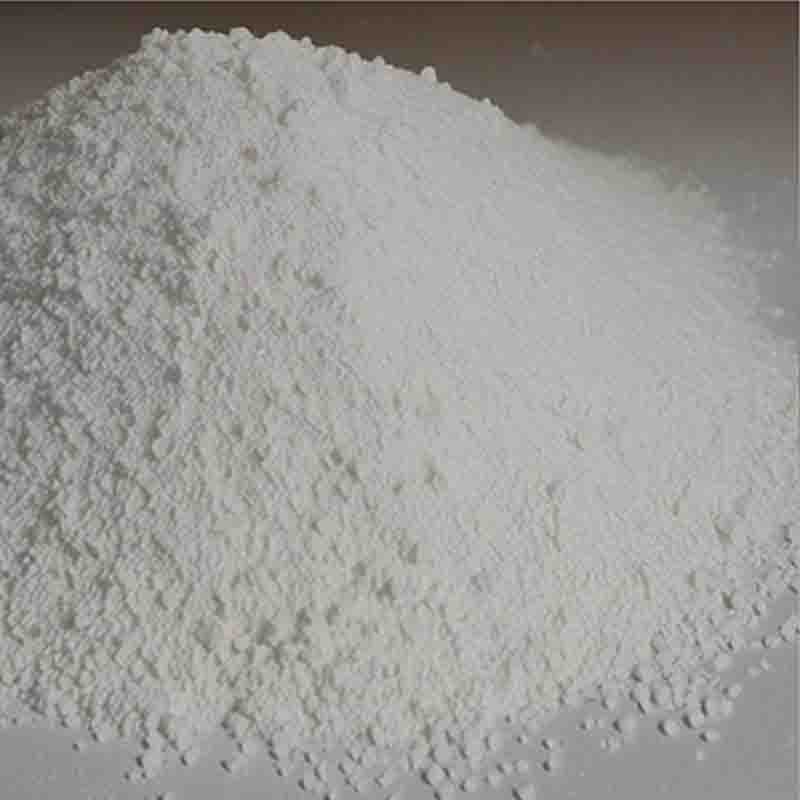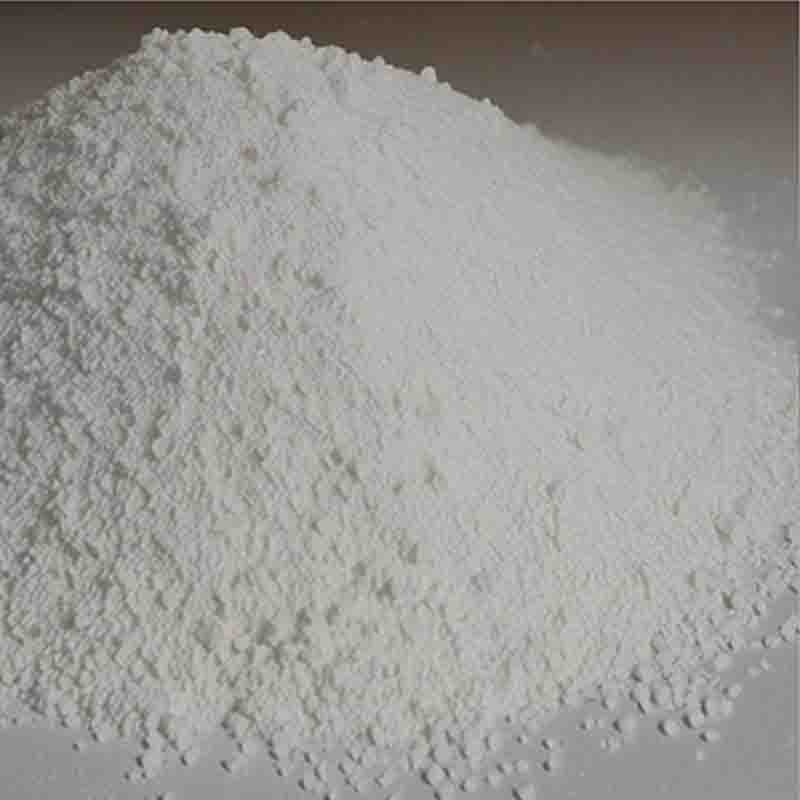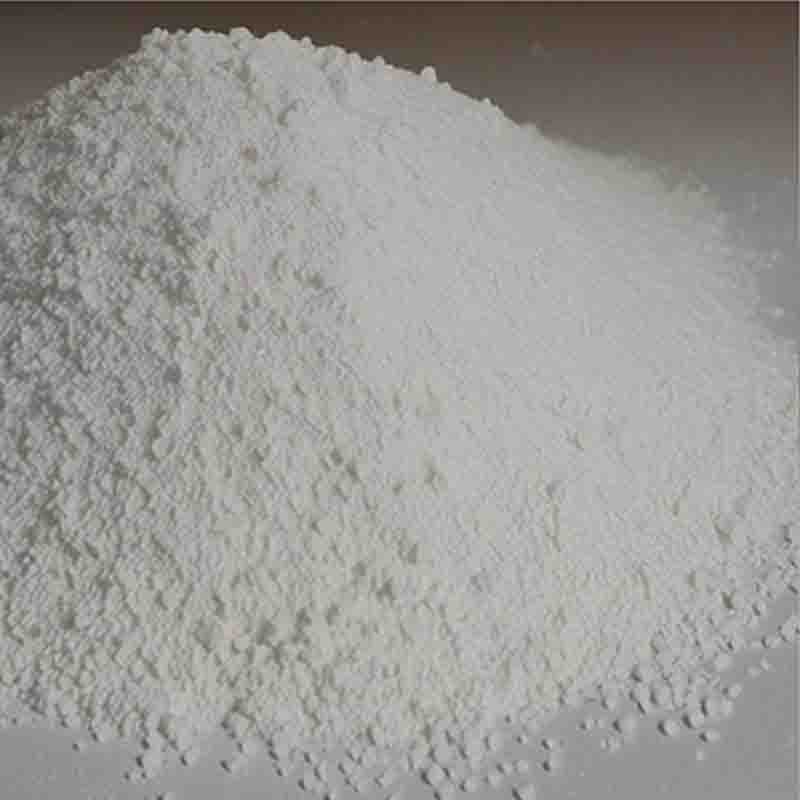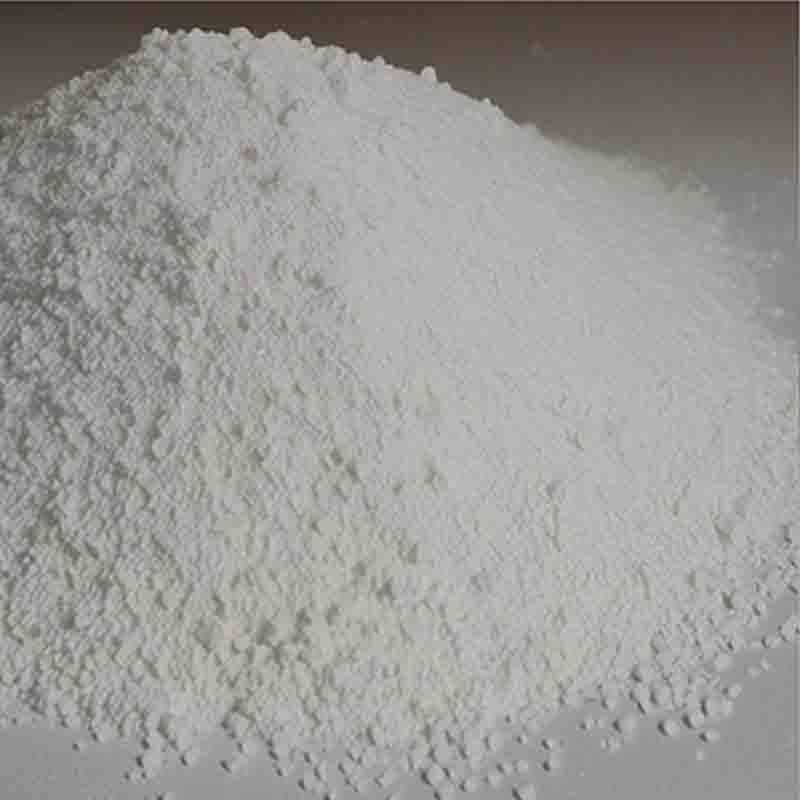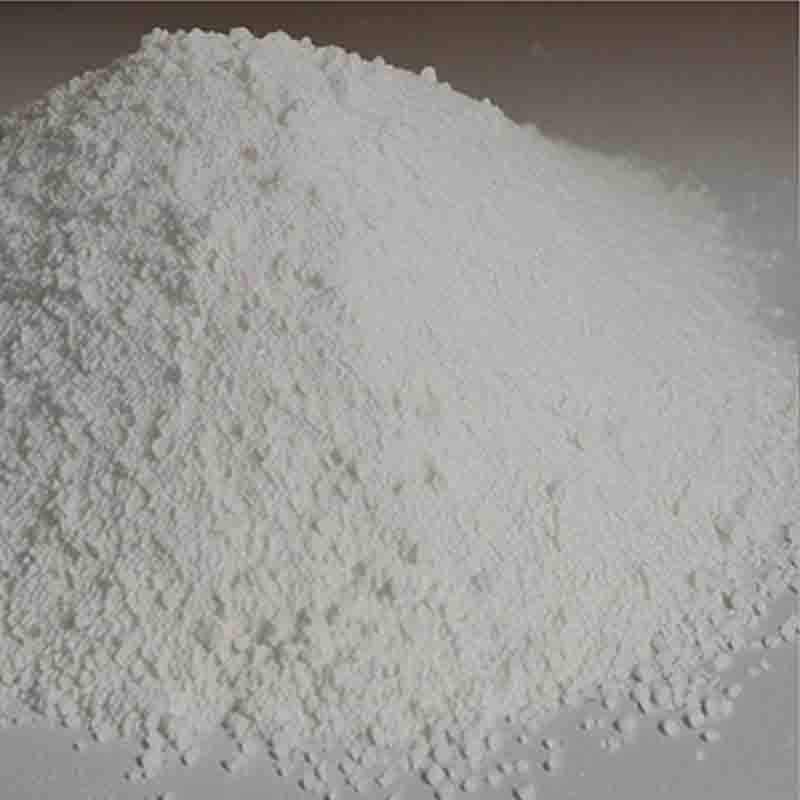N,N-Dimethyldecanamide CAS:14433-76-2
| Catalog Number | XD94528 |
| Product Name | N,N-Dimethyldecanamide |
| CAS | 14433-76-2 |
| Molecular Formula | C12H25NO |
| Molecular Weight | 199.33 |
| Storage Details | Ambient |
Product Specification
| Appearance | White powder |
| Assay | 99% min |
N,N-Dimethyldecanamide (DMCA) is a chemical compound classified as an amide. It is formed through the reaction of decanoic acid and dimethylamine. While specific information about the effects of N,N-Dimethyldecanamide is limited, we can discuss its general properties and potential applications based on knowledge of similar amide compounds.Physicochemical properties of N,N-Dimethyldecanamide, such as solubility, melting point, and stability, can influence its potential uses. For instance, if it is soluble in water, it might find applications as an emulsifier or surfactant in industries such as personal care or household products. If it has a high melting point, it could potentially be used as a thickening agent in various industrial applications.Amides, in general, have been utilized in diverse industries. They are known for their stabilizing properties, capability to act as emulsifiers or viscosity modifiers, and contributions to the formation of structured systems such as gels or emulsions. Therefore, N,N-Dimethyldecanamide may have similar applications in various formulations and products.Furthermore, the reactivity and stability of N,N-Dimethyldecanamide can make it suitable as a precursor or intermediate for the synthesis of other compounds. Its amide functionality makes it a potential candidate for use in various organic chemistry reactions.However, it is important to note that accurate information regarding the effects and applications of N,N-Dimethyldecanamide would require specific research or experimental data. Safety and toxicological evaluations are crucial to ensure its safe use in consumer products.To obtain more accurate information about the effects and potential applications of N,N-Dimethyldecanamide, it is advisable to consult scientific literature or seek advice from experts in the field. Additional experimental studies and tests may be necessary to assess its performance in different applications and to ensure its overall safety.


